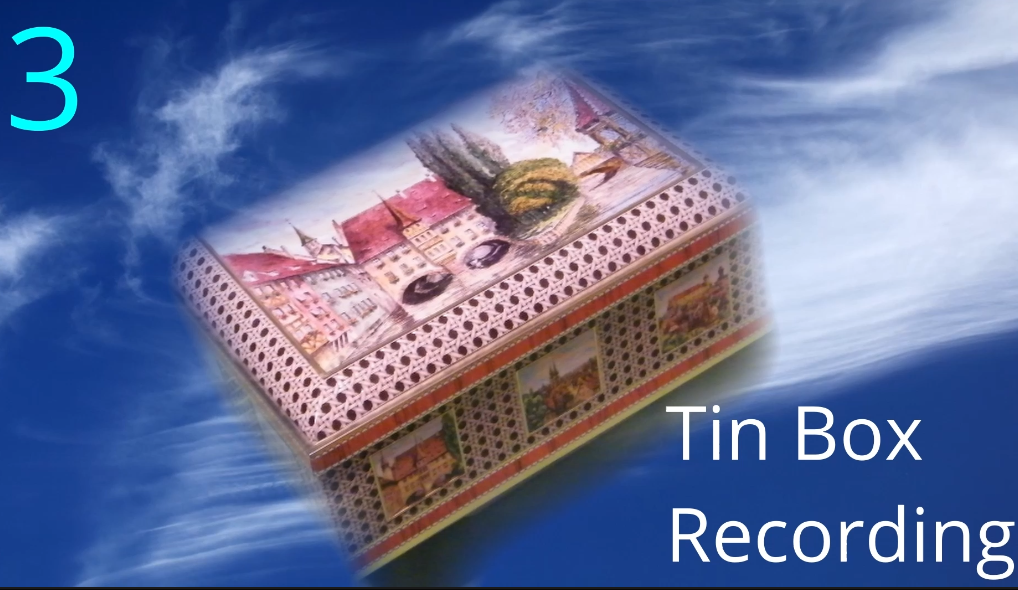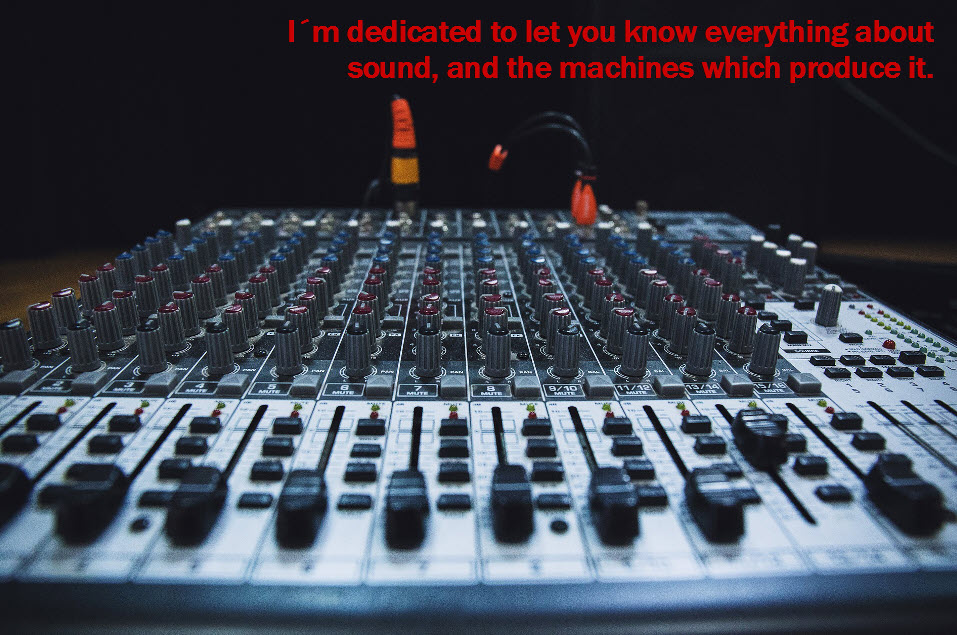Book Progress Report 6

I´ve nearly finished chapter 1, but even if it is not completely finished yet I´ve already started producing the patches and videos and graphics of chapter 2. I to be able to finish chapter 1 I need a special module, a module which doesn´t exist yet – but one of the great developers for Voltage modular is already working on it. I´m not going to reveal more here – not yet.
Book Progress Report 5
Making the patch which is drafted in the photograph has cost me a lot of nerves (you can see it: I scrumpled the paper and threw it away in an attack of “desperation” - but the night after I got the right idea how to solve the problem). I wonder whether you´ll discover the patch in the book in November....
Book Progress Report 4

When a patch grows into a certain complexity it seems to cross a kind of border and becomes a living thing that has its own mind and will.
Book Progress Report 3
Another kind of book progress report:

Writing these really comprehensive books containing some hundreds of pages can get quite exhausting sometimes. Especially with these tropical temperatures and this high Ozone levels that we have here in the west of the Czech republic right now. That´s what do I do to stay fit:
Book Progress Report 2
The picture shows the creation of a patch. I always sketch larger patches on paper first.
The Book has got 35 pages by now, 23 videos as made, 23 patches are finished, and 39 pictures, graphics and illustration are made.
Some Words About How the “Shop” System Works
1. There is no “automatic” online shop. I do everything manually.
2. When you pay for an item (e-book, video or project), and I see your payment in my PayPal account, then I sent you the download link via email. I check my PayPal account several times a day (and please don´t forget, that we may live in different time zones: I sleep in the night).
3. The same applies when paying for a membership.
4. Please tell me in your PayPal payment comment WHAT item you want to get – I can´t know otherwise.
Book Progress Report 1
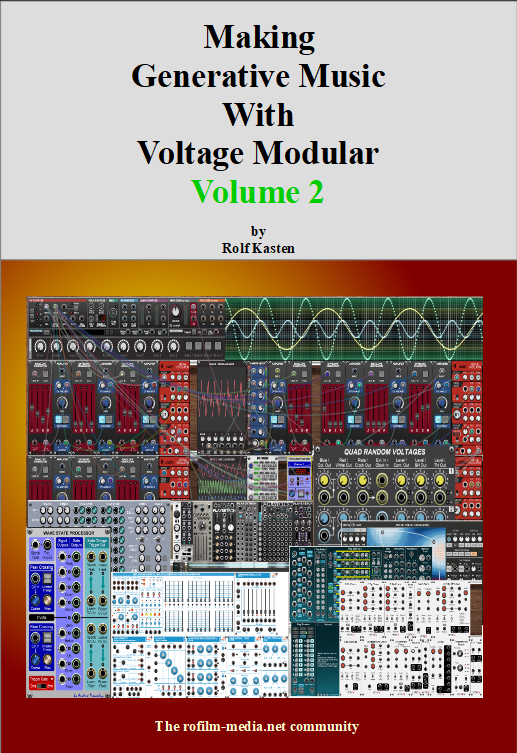
The serious work on Volume 2 of “Making Generative Music With Voltage Modular” has begun. Since publishing Volume 1 in March 2024 I´ve been collecting ideas and thoughts concerning Volume 2.
Synth Exercise Booklet No. 2 Cherry Audio´s Eight Voice (Oberheim inspired)
Synth Exercise Booklet No. 2 Cherry Audio´s Eight Voice (Oberheim inspired)
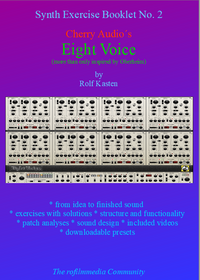
* from idea to finished sound * exercises with solutions and videos
* structure and functionality * sound design * downloadable presets and sounds
CONTENT:
* The Zero Patch, Key Range, Voice Assign and Voice Configuration
* Single Voice Operations (or: the minimalist approach to Oberheim)
* Single Voices And the Sequencer
* Multiple Voice Operations (a deep dive into MONO and POLY voice assign modes)
* Multiple Voice Operations (Polyphony, Assign Modes and the Sequencer)
* Multiple Voice Operations (Portamento)
Some page examples:

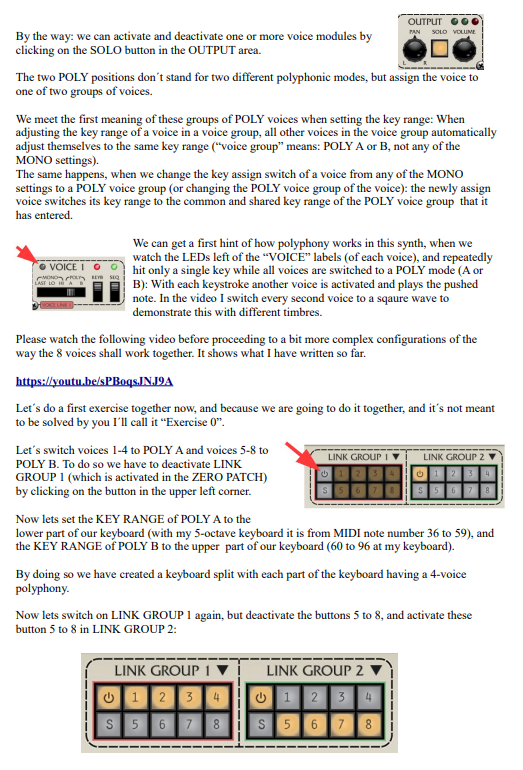
What this booklet is NOT about
First of all: this booklet is not intended to be a replacement for nor an alternative to Cherry Audio´s excellent user manual. It´s an addition.
Furthermore: I´m not talking about the general functionality that all Cherry Audio plug-ins share. Things like preset management, audio and MIDI settings etc. are not topics of this booklet.
What this booklet IS about
It´s primarily practical.
Yes, I talk about functionality, about how things work in Quadra, about how and why to switch on or off certain behaviours etc.
But it´s always as direct as possible to making the sound we are aiming at, and to the musical task we have to master.
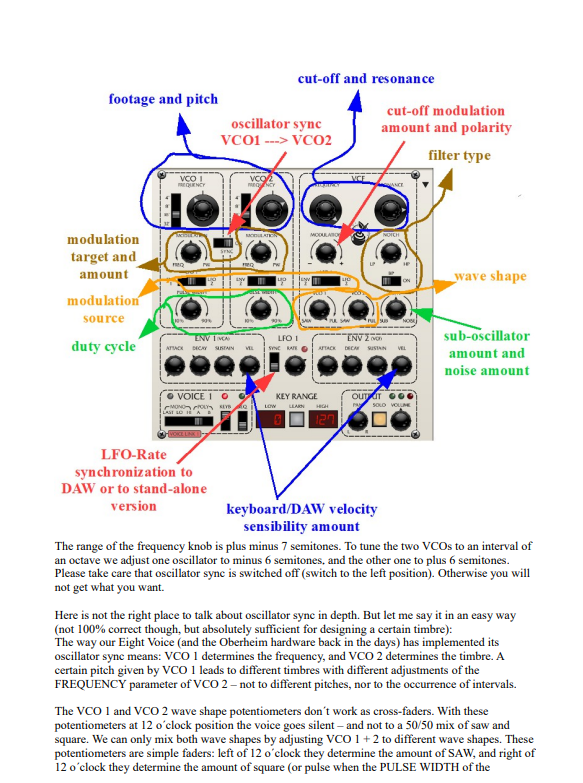
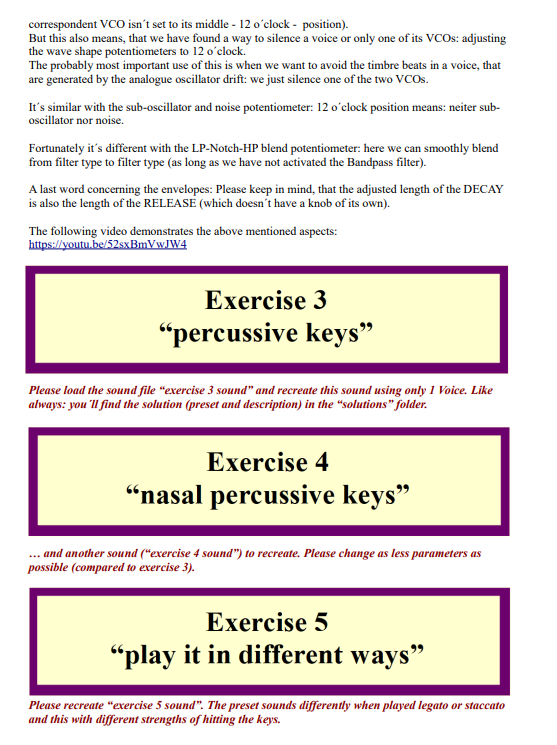
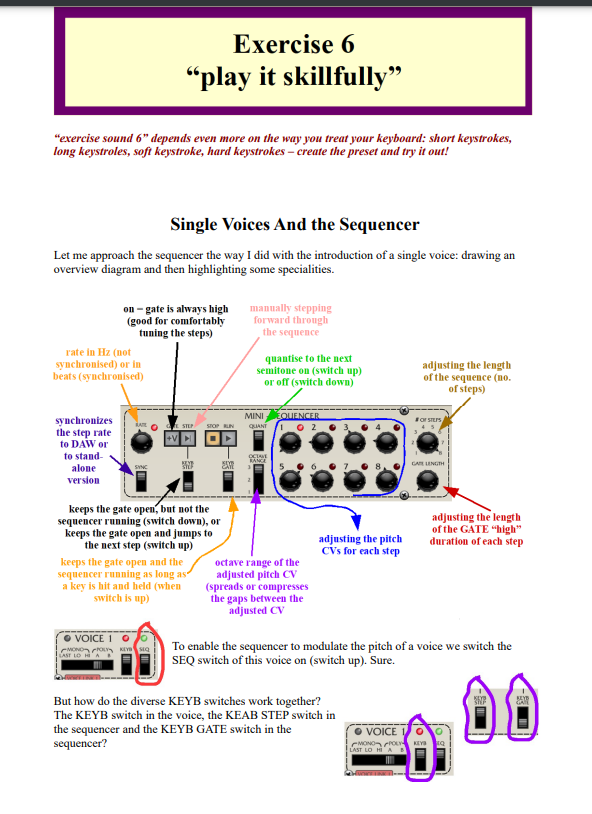
Synth Exercise Booklet No. 1 Cherry Audio´s ARP QUADRA
Synth Exercise Booklet No. 1 Cherry Audio´s ARP QUADRA

* from idea to finished sound
* exercises with solutions and videos
* structure and functionality
* patch/preset analysis
* sound design
* downloadable presets and sounds
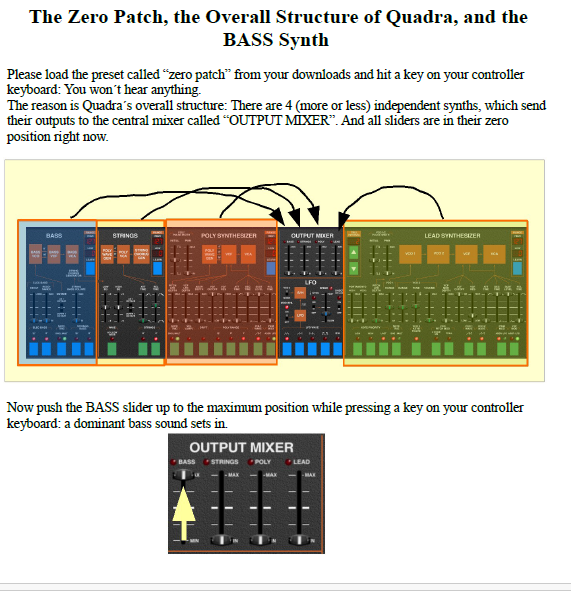
What this booklet is NOT about
First of all: this booklet is not intended to be a replacement for nor an alternative to Cherry Audio´s excellent user manual. It´s an addition.
Furthermore: I´m not talking about the general functionality that all Cherry Audio plug-ins share. Things like preset management, audio and MIDI settings etc. are not topics of this booklet.
What this booklet IS about
It´s primarily practical.
Yes, I talk about functionality, about how things work in Quadra, about how and why to switch on or off certain behaviours etc.
But it´s always as direct as possible to making the sound we are aiming at, and to the musical task we have to master.
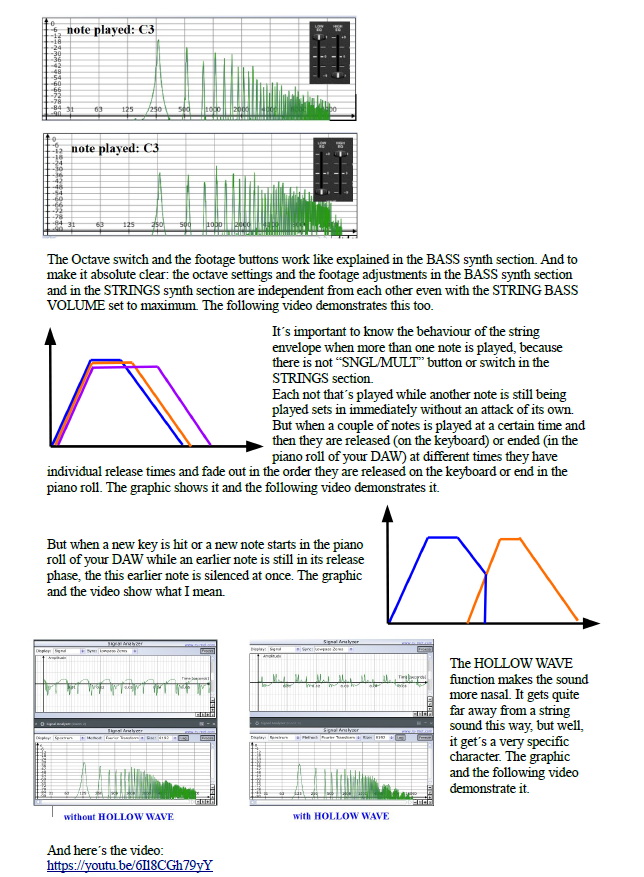
... and just another few pages to preview:
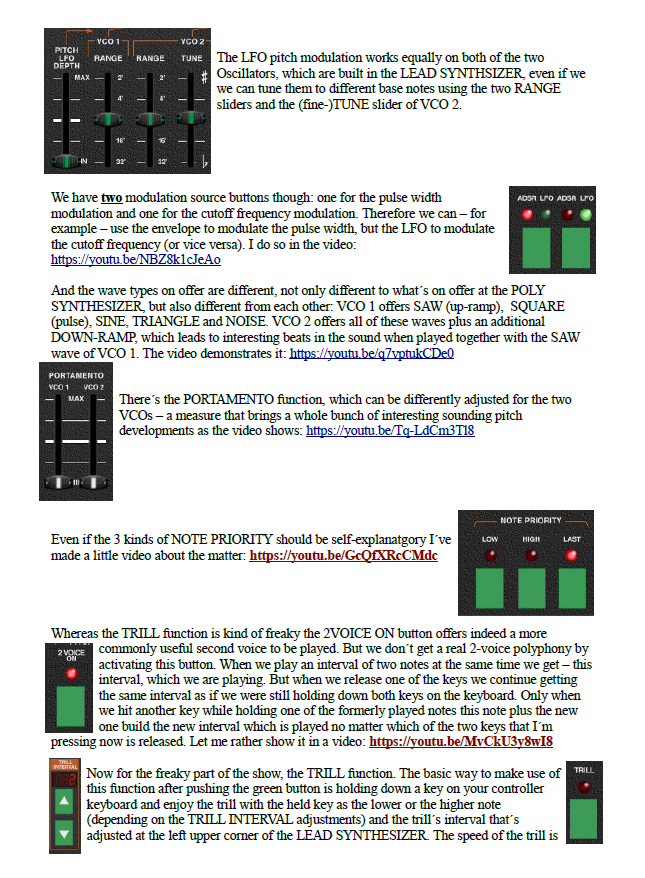
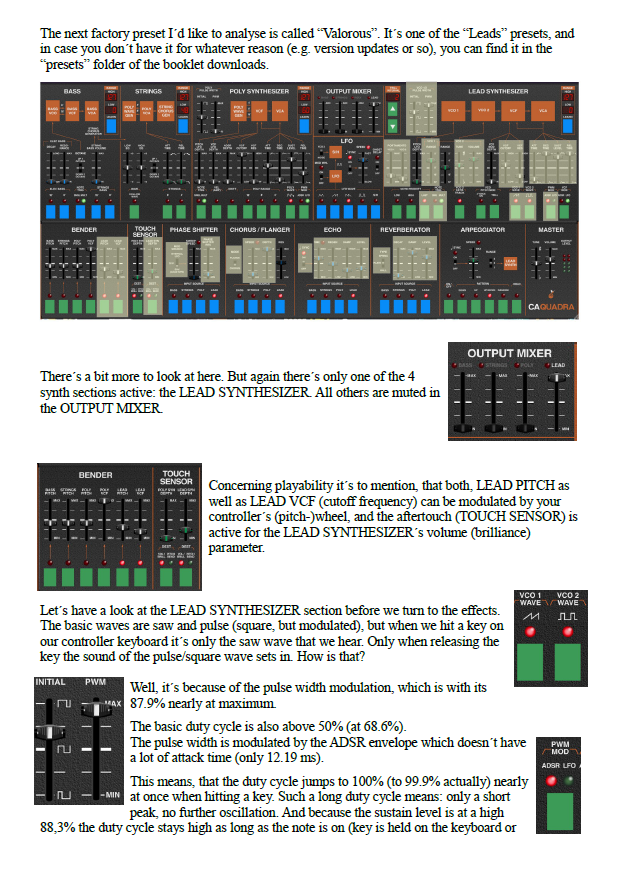
James Bond And The Tin Box
In this part 3 of “Tin Box Recordings” I´m visiting the heart of the Spa district of Karlovy Vary (Czech republic).
